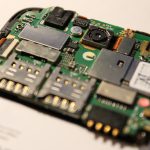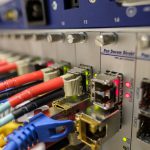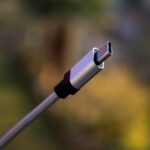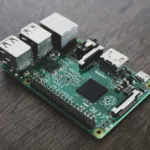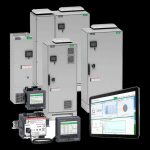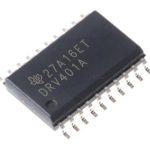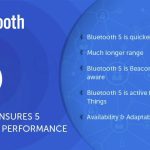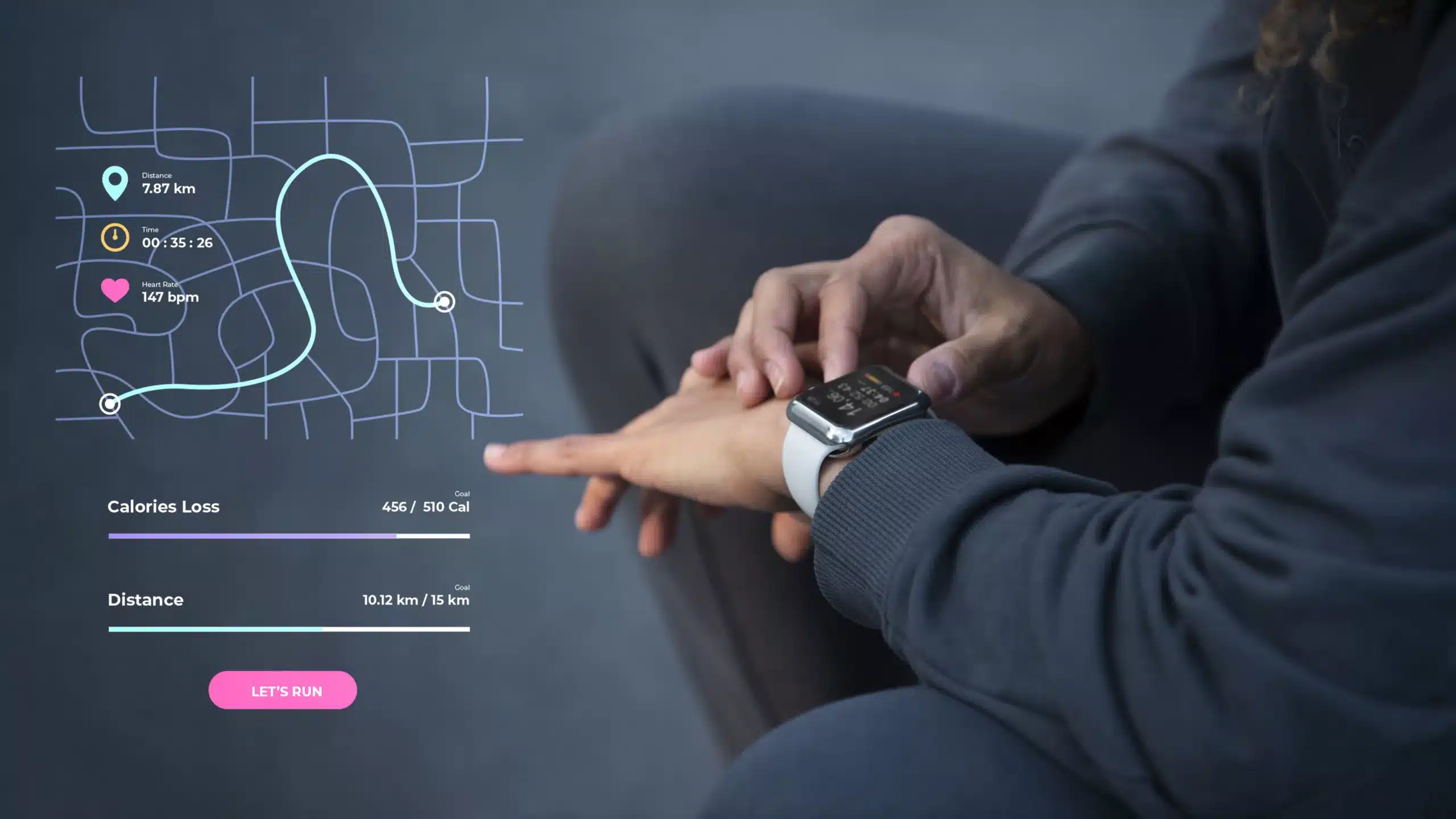
Introduction
Wearable technology, an integral part of our daily lives, with devices ranging from smartwatches to fitness trackers, has revolutionised the way we interact with the digital world. At the heart of this revolution are sensors, tiny yet powerful devices that transform physical phenomena into digital data. A deep understanding of sensors in wearable technology is fundamental to designing and adopting effective, innovative, and user-friendly devices that meet users’ demands. This article delves into the world of sensors in wearable technology, exploring their types, functions, benefits, and impact on various industries.
Understanding Wearable Technology
Wearable technology, often called wearables, encompasses a broad category of electronic devices that are typically designed to be worn on the body in the form of accessories or as part of the material used in clothing. These devices are generally compact, smart, and equipped with sensors and software to collect and process data about the user’s physical state or surrounding environment. Among the myriad types of wearables, fitness trackers, smart watches, smart clothing, smart glasses, wearable cameras, health monitoring devices, sleep trackers, and VR headsets are popular types of electronic gadgets.
What are Wearable Sensors?
Wearable sensors are small electronic devices incorporated into items comfortably worn on the body. These sensors are engineered to collect data on a wide range of physiological and environmental parameters, including heart rate, temperature, movement, and even air quality. The data collected is then processed and analysed, often in real-time, to provide valuable insights into the wearer’s health and activity levels.
The Perfect Synergy of Sensors with Wearable Technology
Sensors are considered the eyes and ears of wearable devices, enabling them to perceive and understand the world around us. Wearable devices use sensor data to provide real-time feedback to the wearer, such as activity summaries, performance metrics, and health alerts. Sensors also enable interaction with the device through gestures, voice commands, or touch inputs. From fitness trackers and smartwatches to medical monitoring devices, sensors are significant in the functionality and utility of wearable technology.
Multimodal Sensing in Wearable Technology
Future wearable devices may incorporate multiple sensors to collect a diverse range of data, allowing more comprehensive health and activity tracking. Multimodal sensing in wearable technology refers to the integration of various sensors and input methods into a single device to capture a selection of physiological and environmental data. This approach enhances the capability of wearable devices to monitor health, fitness, environmental exposure, and more by collecting data from different modalities. These modalities include but are not limited to optical, electrical, acoustic, and mechanical sensors.
Potential Advantages of Wearable Sensor Technology
Wearable sensors—the heart of wearables- provide unprecedented benefits to both users and multiple sectors. Some of the key advantages of the wearable sensor technology include:
- Continuous Monitoring: Wearable sensors offer real-time, constant tracking of health and environmental parameters, helping in the early detection of potential health risks.
- Preventive Healthcare: By early detection of health issues, wearable sensors facilitate timely intervention, enhancing safety.
- Personalised Data: These sensors provide insights tailored to the individual’s specific health and activity profile.
- Convenience: Integrates seamlessly into everyday life without disrupting normal activities.
Exploring the Popular Types of Sensors in Wearable Devices
Wearable technology employs a wide array of sensors, each designed to measure specific parameters. Some of the most common types of wearable sensors in wearable devices include:
Accelerometers and Gyroscopes
Accelerometers and gyroscopes, the most used sensors in wearable devices, measure acceleration and rotational motion, respectively. They are crucial for tracking movement and orientation, making them indispensable in fitness trackers and smartwatches for monitoring physical activity and gestures.
Heart Rate Sensors
Heart rate sensors use optical sensors or electrodes to measure the wearer’s heart rate continuously. These sensors often use photoplethysmography (PPG) to detect the changes in blood volume precisely in the microvascular tissues’ bed, monitoring heart rate, a vital parameter for assessing physical health and performance.
GPS (Global Positioning System) Sensors
GPS sensors provide precise location tracking, enabling wearable devices to offer navigation assistance, location-based services, and activity tracking over geographical distances.
Temperature Sensors
These sensors measure body or environmental temperature, providing valuable data for health monitoring and enhancing comfort in smart clothing.
Pulse Oximeter
Pulse oximeters are sensors designed to measure oxygen saturation levels in the blood, providing valuable health data. They are commonly integrated into wearable devices for monitoring overall wellness and detecting respiratory issues.
Skin Conductance Sensors
Also called galvanic skin response (GSR) sensors, they can precisely measure the electrical conductance of the skin, which varies with its moisture level. This data is integral to infer stress levels or emotional states.
Applications of Sensors in Wearable Technology: Use Cases and Success Stories
The data collected by sensors in wearable devices have a multitude of applications across various fields, such as:
Health and Fitness
Wearable devices equipped with sensors provide real-time monitoring of vital signs and physical activity, offering personalised health insights and fitness tracking.
Medical Monitoring
Advanced sensors enable continuous monitoring of patients’ physiological parameters outside of clinical settings, facilitating early detection of potential health issues and improving chronic disease management.
Sports and Performance
Athletes use wearables with sensors to optimise their training, monitor performance, and prevent injuries by analysing data on their movements, exertion levels, and physiological responses.
Safety and Security
Wearable devices with sensors enhance personal safety by detecting falls, monitoring environmental conditions, and even alerting emergency services when necessary.
Entertainment and Virtual Reality
Sensors in wearable devices enable immersive experiences in gaming and virtual reality by tracking movements and gestures, providing a more interactive and engaging experience.
Wearable Technology Sensors: Challenges and Future Directions
While sensors in wearable technology offer immense benefits, they also come with challenges, such as privacy concerns, data accuracy, and battery life. Future advancements are expected to focus on improving sensor accuracy, reducing power consumption, and enhancing data security to address these challenges.
Final Words
Sensors are the cornerstone of wearable technology, transforming physical data into digital insights. From tracking fitness metrics to monitoring health conditions and enhancing user experiences, these sensors empower users to lead healthier, more connected lives. The future of wearable technology, powered by sophisticated sensors, holds the promise of even greater integration into our lives, making it an exciting area of ongoing innovation and development.







